What Is JESIN? Everything You Need To Know!
JESIN is a water-based acrylic resin casting material. What makes this different from an epoxy resin is that it is a polymer plaster and contains crushed gypsum, which lends to its nice, white appearance.
For those outside the US, you may be familiar with Jesmonite; JESIN a similar material with a longer working time, longer shelf life, and a more straightforward mixing ratio.
I’m writing this article from the perspective of someone with a lot of experience with another casting material –concrete.
And, of course, many of you reading this who have come to my blog before also have at least some experience working with concrete.
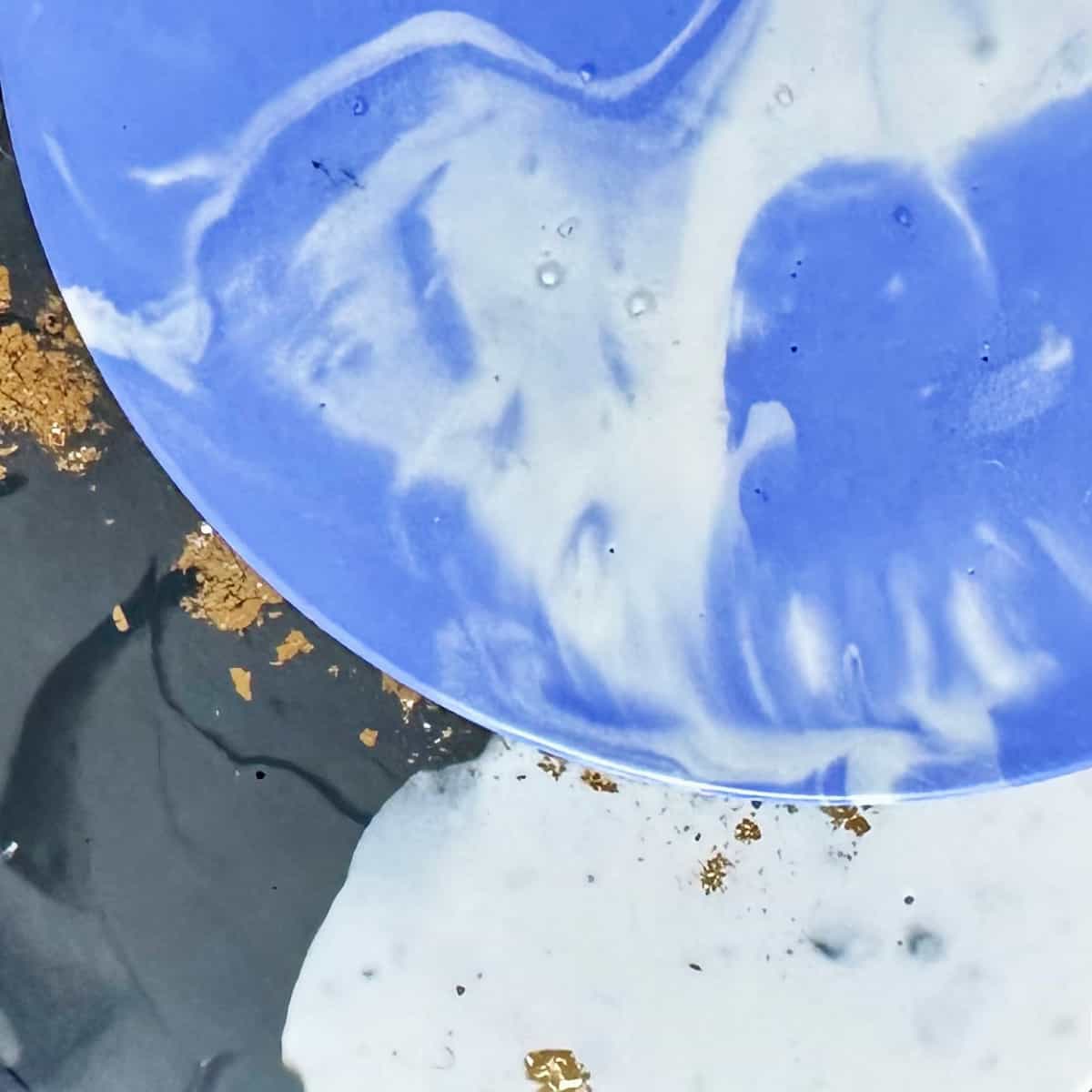
With this in mind, I will be sure to not only explain what JESIN is, the features and benefits, but also contrast and compare from the concrete maker’s point of view.
Things You Can Make With JESIN
- Home decor items like jewelry trays, serving trays, storage containers, vases
- Planters, coasters, and even decorative, intricate objects
- Use it to create a terrazzo effect on its own or with concrete.
Some of the links on this page have been provided as a convenience for finding materials. These links may also be affiliate links. As an Amazon Associate I earn from qualifying purchases, at no extra cost to you.
I only recommend products I’ve used and loved, unless otherwise stated. Click here to read my full disclosure policy.
The Features And Benefits Of JESIN
- JESIN is a durable and versatile material that you can use to make a variety of projects.
- It is sustainable and can be painted, drilled, and engraved.
- With a proper sealer, it is food-safe.
- JESIN is water-resistant using a sealer.
- It is fire-safe so is a great choice for candle-making.
How JESIN Compares With Jesmonite
Here is a chart showing the difference between Jesmonite and JESIN.

Differences Between JESIN And Concrete
- JESIN can be mixed inside your home, doesn’t flake or have a powdery residue, doesn’t require sealing to be used as a home decor item, is smoother to the touch, comes naturally white, and is easy to drill.
- Concrete should never be mixed inside your home. It can flake or have a powdery residue, requires sealing to be used as a home decor item, is not as smooth to the touch, and is more difficult to drill.
- Cement has a higher psi strength than Jesmonite. However, Jesmonite is still very hard and is lighter in weight. It allows for many creative options that can’t be achieved with concrete.
Recently, I made colorful candle jars with JESIN, and these gorgeous coasters with gold kintsugi lines.
Similarities Between JESIN And Concrete
- Adding too much colorant can weaken the mix.
- Curing times can vary and are influenced by air temperature and humidity.
- Heats up while curing and cools when it’s ready to be removed from the mold.
- It needs to be vibrated to remove air bubbles or air pockets.
- It picks up texture and fine detail of anything it’s cast against.
- Food safe with a proper sealer.
Where To Buy JESIN
JESIN is available in the US, CA, and Europe. In the US and CA, you can purchase it online directly from the manufacturer (use code: Ellen10 for 10% off).
In Europe, you can buy it from Mrs. Colorberry.
Molds You Can Use With JESIN
The best molds to use with JESIN are silicone.
However, you can use many alternate materials as molds with JESIN, such as flexible plastic, closed cell foam, waxed cardboard, and melamine.
Colorants You Can Use With This Casting Material
Of course, the pigments that are made for JESIN will work best, such as Colorberry Liquiments (link in the materials list below).
They will require only a tiny amount with maximum coloring. And you can be assured they will work with the material, not against it, nor weaken it when using the correct amount.
That being said, other types of colorants will work. I prefer to do my own testing and will likely write another post showing you my experiments with alternative colorants.
But in the meantime, here is some information I’ve gathered.
Many colorants will not be compatible with JESIN. For example, do not use colorants that are formulated for resin. They will break down the compounds in JESIN and damage the material.
What is known to work is liquid ink and acrylic paint– but only if the acrylic paint doesn’t contain oil or binders that aren’t compatible.
Without doing my own tests with the acrylics, I can’t tell you yet which brands will work.
You can use mica powders and alcohol ink. Alcohol ink doesn’t provide much pigmentation.
Mica powders work, but I recommend you test small amounts first to be safe.
When I tried them in my limited tests, the color wasn’t as vibrant or as true to the color in the bottle.
How To Use JESIN?
Supplies You’ll Need For JESIN
- JESIN powder and liquid (use code Ellen10 for 10% off)
- Liquiments coloring (use code Ellen10 for 10% off)
- Mixing cup
- Plastic cup
- Nitrile gloves
- Safety mask
- Silicone mold
- Kitchen scale
- Craft sticks
- Vibrating machine or orbital sander
- Acrylic sealer
- Sandpaper, 200-1000 grit

The safety mask is necessary when you batch out the powder and measure.
Once mixed, it’s okay to remove the mask. You should also wear a mask when sanding.
Steps For Making DIY JESIN Decor
- Mix the powder and liquid at a 2:1 ratio of powder to liquid.
- Add the Liquiments coloring, if desired.
- Pour the mixture into the mold.
- Use a vibrating machine or orbital sander to remove air bubbles.
- Let the JESIN cure for approximately 20-25 minutes.
- Sand the JESIN with 200 grit sandpaper.
- Apply an acrylic sealer.
In summary, JESIN opens up a world of possibilities for concrete artists, resin artists, and many other types of artists. It is a mixed media artist’s dream.
Don’t forget to Pin it for later!
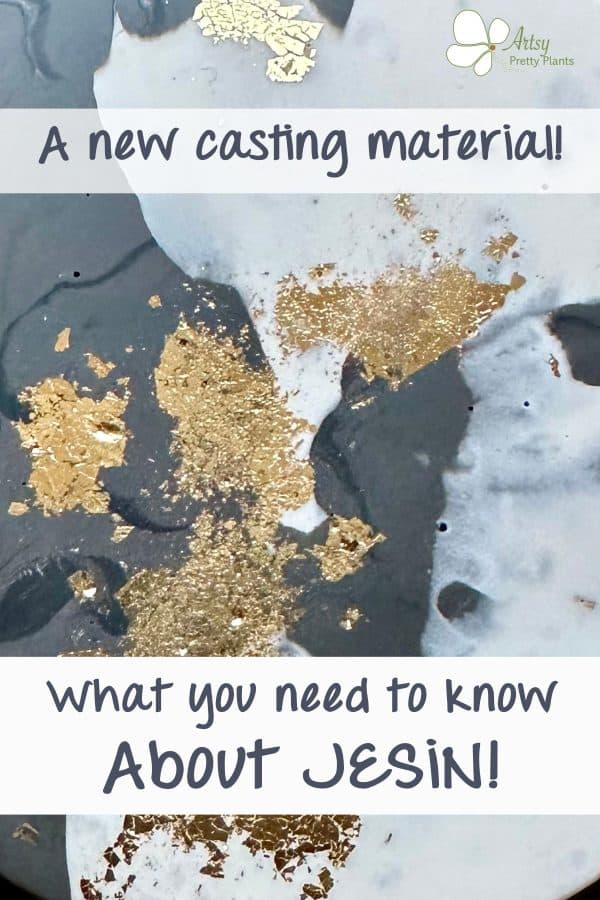
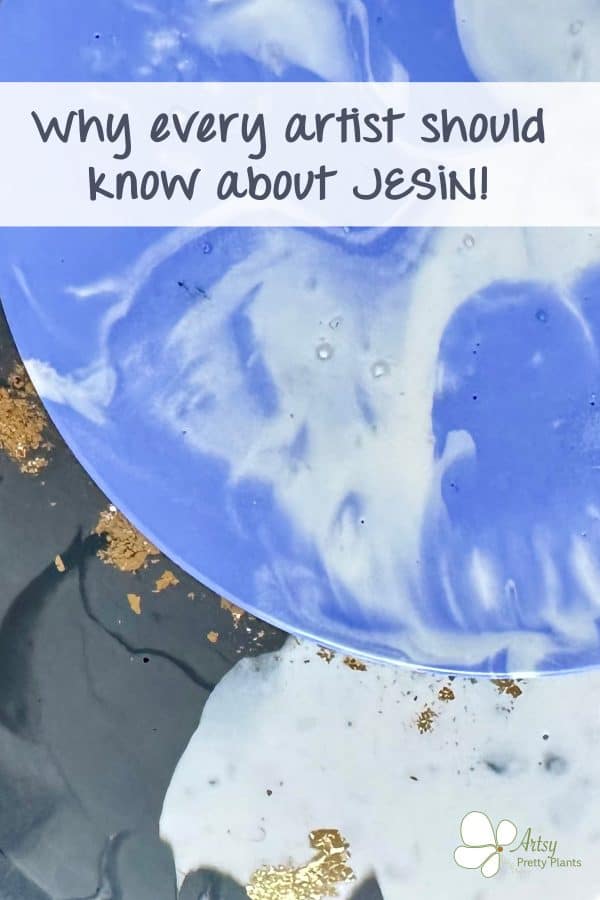


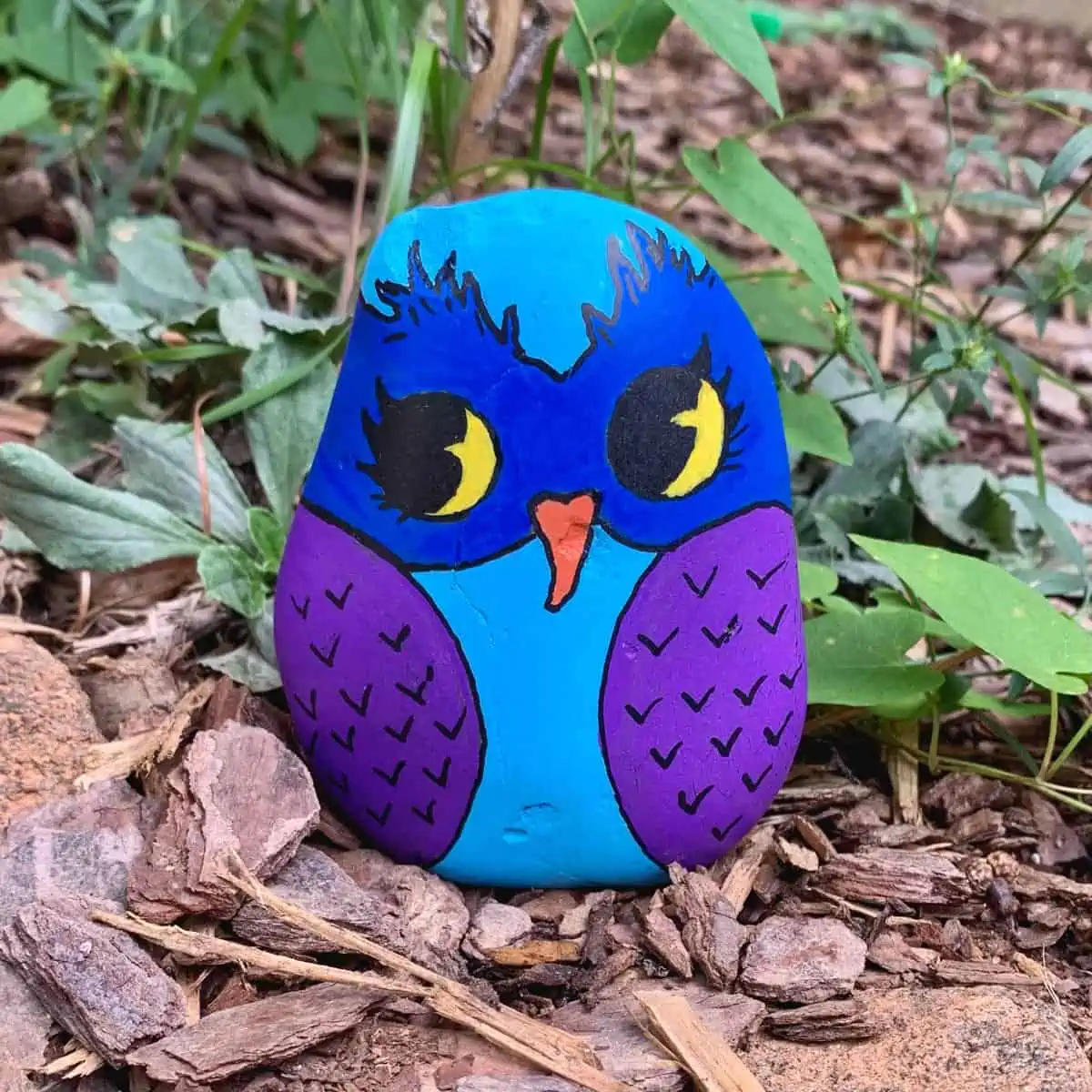
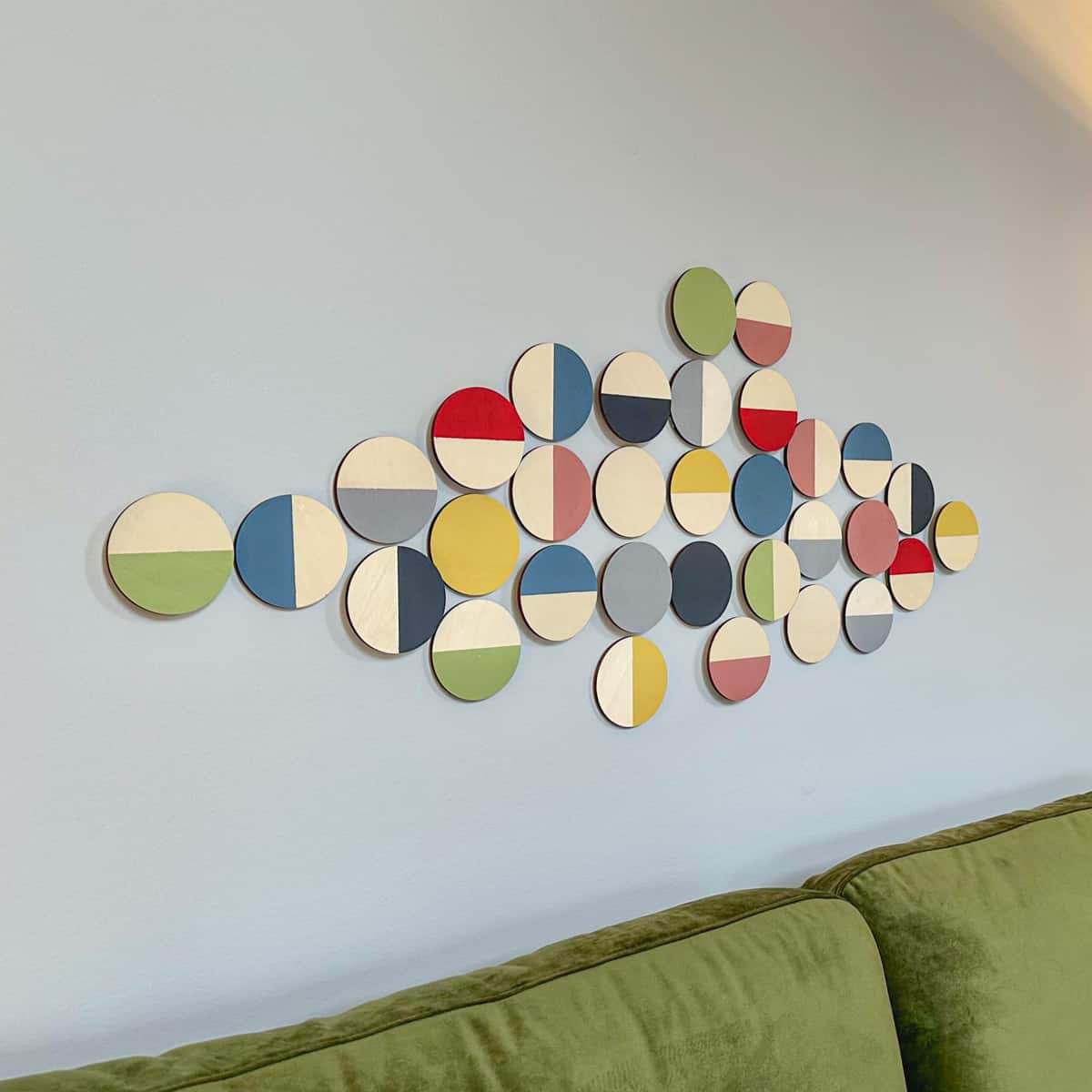
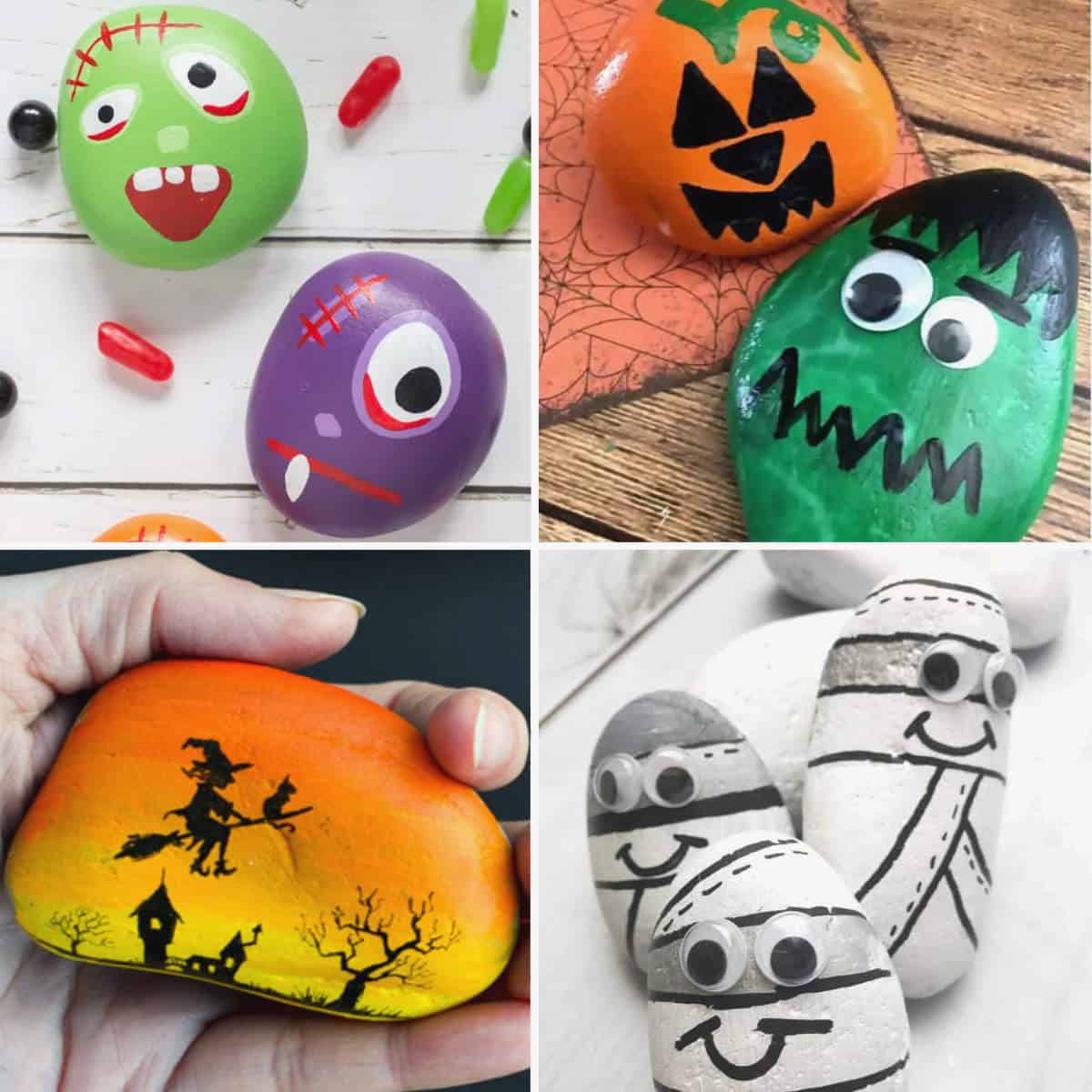


Inspired by your post and their sale, I ordered some Jesin. I know with concrete, you can adjust the amount of water to make it thicker so you can do things like apply it to the back of a large leaf to make a birdbath. Have you tried anything similar with Jesin? I know that the liquid used isn’t water and has to be used in the right ratio, but can you let it sit a few minutes to thicken up, or is it strictly limited to being poured into molds. Thanks!
Hi Lisa,
I haven’t played with it yet to that degree. I think if you are working with it more as an art medium, it is possible you can play with the ratio or possibly add water. Since the product Jesmonite has been around for a lot longer, I would research Jesmonite and the application you are thinking of using it for to see if anyone has done this. It’s also very possible you can combine it with cement for the same purpose. I do plan on testing this combination in the future.